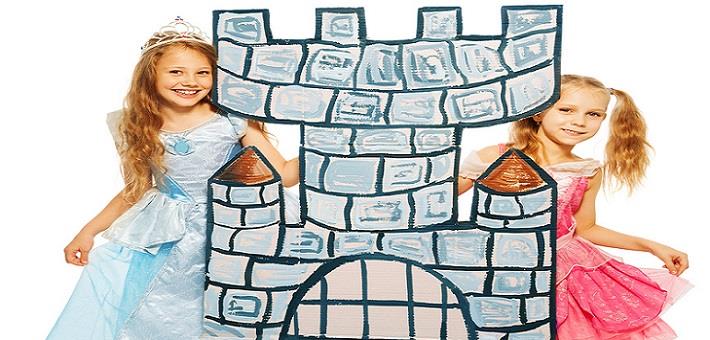
Fairytale Moments: The Impact of Disney Princess on Young Children
A study presented at the conference of the International Communication Association reveals that young girls who are into Disney Princess are more likely to embrace traditional female gender-stereotyped behavior, more satisfied with their bodies, and more prosocial. Young boys who are into Disney Princess also display more female gender-stereotyped behavior.
Take aways
- Engaging with Disney Princess (including playing with toys, watching movies or TV shows, and identification with characters) can be both limiting and positive for young children:
- Girls who are into Disney Princess are more likely to embrace female gender-stereotyped behaviors both in the short and long term.
- Often engaging with Disney Princess is related to a more positive body image and more prosocial behavior among girls, at least on the short term.
- For boys, engaging with Disney Princess increases their female gender-stereotyped behavior on the short term.
- For parents and caretakers it is important to know that Disney Princess inspire both girls and boys to pursue female gender-stereotyped behaviors. In addition, it makes young girls more satisfied with their bodies and more prosocial.
Study information
The question?
Is engaging with Disney Princess (including toys, media, and characters) related to gender-stereotyped behavior, body image, and prosocial behavior in young children?
Who?
240 preschoolers (mean age: 5 years old; 49% were boys) and their parents (mean age: 33 years old; 98% were mothers)
Where?
United States
How?
Children’s engagement with Disney Princess was measured by asking parents to choose and rate the princess that their child identified the most with, how often their child played with Disney Princess toys, and how often their child viewed TV shows or movies portraying Disney Princess. Children’s gender-stereotyped behavior was assessed with a toy preference task and by asking parents and teachers to report on the child’s gender-stereotypical toy preference, activities, and toys. In addition, parents were asked to report on the perceived body image of their child. Prosocial behavior was measured by asking parents and teachers how often the child engaged in prosocial behavior, such as being helpful. Parents were also asked how often they discussed media content with their child. One year later, parents filled out the same questions.
Facts and findings
- Both boys and girls who are into Disney Princess (including media, toys, and characters) displayed more female gender-stereotyped behavior.
- Only for girls this increase in female gender-stereotyped behaviors still remained one year later.
- Girls who are into Disney Princess had a more positive body image and higher levels of prosocial behavior.
- There was no effect of engagement with Disney Princess on body image and prosocial behavior one year later.
- Young boys who are into Disney Princess media and had parents who often discussed the media content showed higher levels of prosocial behavior.